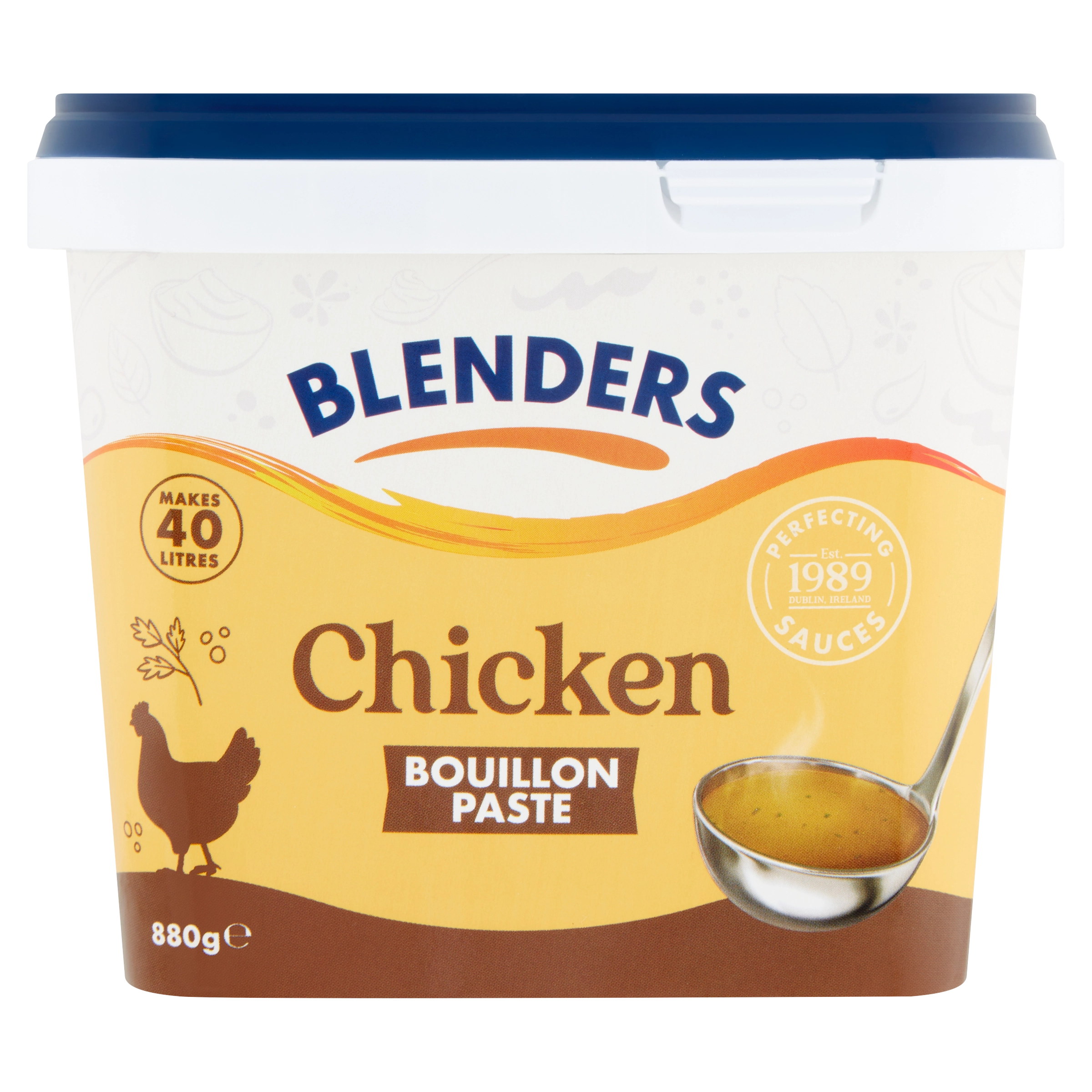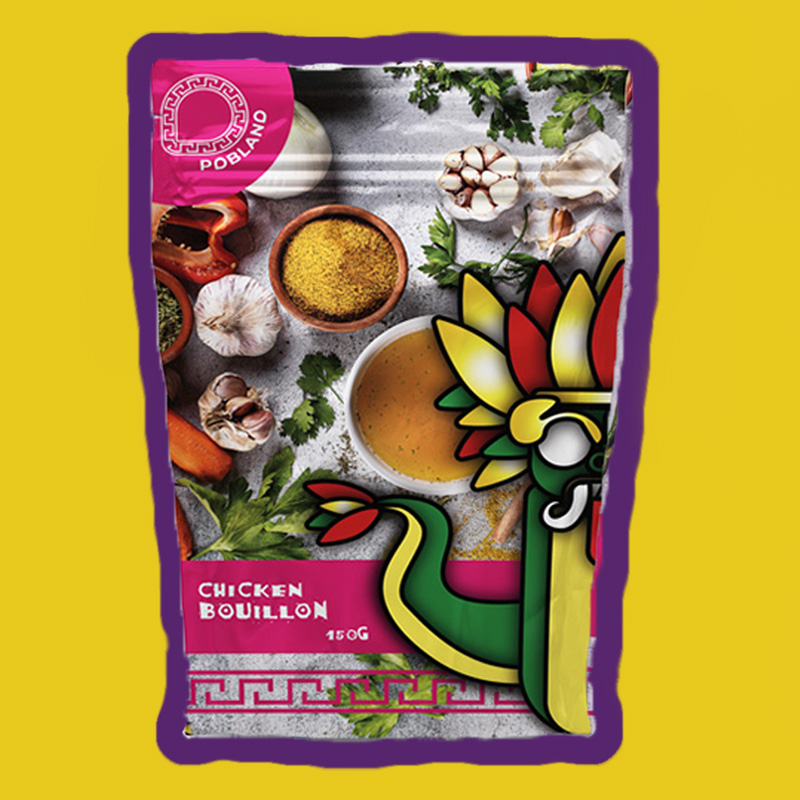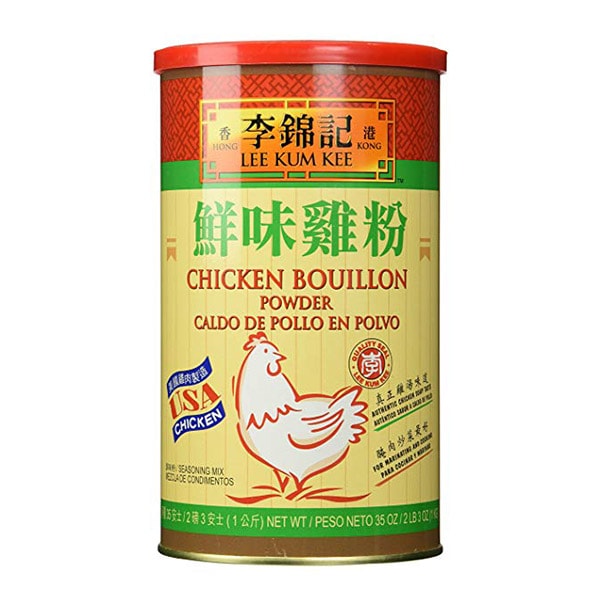When it comes to food safety, the term "evil chicken bouillon" has sparked concerns among consumers worldwide. This seemingly simple seasoning has been at the center of numerous debates, with claims about its potential health risks and controversial ingredients. But is this reputation justified, or is it merely a misconception perpetuated by myths? In this comprehensive guide, we will explore the facts behind evil chicken bouillon and help you make informed decisions.
Food additives and seasonings have long been a part of modern cuisine, but as awareness about health and wellness grows, so does scrutiny over what we consume. Evil chicken bouillon, often labeled as a "hidden danger" in kitchens, raises important questions about food safety and ingredient transparency. This article aims to address those concerns while providing actionable insights for health-conscious individuals.
By the end of this guide, you'll have a clearer understanding of what evil chicken bouillon really is, its potential effects on health, and how to make smarter choices when it comes to your dietary needs. Whether you're a home cook, a health enthusiast, or simply curious about food safety, this article is designed to empower you with knowledge and practical advice.
Read also:Sascha Corwin
Table of Contents
- What Is Evil Chicken Bouillon?
- Ingredients to Watch For
- Health Impacts of Evil Chicken Bouillon
- Myths vs. Facts About Evil Chicken Bouillon
- Substitute Options for Evil Chicken Bouillon
- Regulations and Safety Standards
- Consumer Reviews and Opinions
- How to Read Labels Effectively
- Environmental Impact of Bouillon Production
- Conclusion: Making Informed Choices
What Is Evil Chicken Bouillon?
Evil chicken bouillon refers to the perception that certain brands or formulations of chicken bouillon may contain harmful additives or contaminants. Traditionally, bouillon is a concentrated broth made from chicken stock, spices, and seasonings. However, modern manufacturing processes often introduce preservatives, artificial flavors, and other chemicals that raise concerns about their long-term effects on health.
Many people associate the term "evil" with the belief that these products might contain monosodium glutamate (MSG), artificial coloring, or high levels of sodium, all of which are linked to negative health outcomes. While some of these claims hold merit, others are exaggerated or based on misinformation.
How Is Evil Chicken Bouillon Made?
The production of evil chicken bouillon typically involves combining dehydrated chicken stock with additional ingredients such as salt, yeast extract, and flavor enhancers. The drying process allows the product to be stored for extended periods, but it also concentrates the sodium content, making it a potential concern for those with hypertension or cardiovascular issues.
Key factors contributing to the "evil" label include:
- High sodium levels
- Potential presence of MSG
- Artificial additives
- Lack of transparency in labeling
Ingredients to Watch For
Understanding the ingredients in your food is crucial for maintaining good health. Here are some common components found in evil chicken bouillon that warrant attention:
Sodium Content
One of the primary concerns with evil chicken bouillon is its high sodium content. According to the American Heart Association, excessive sodium intake can lead to high blood pressure, heart disease, and stroke. A single serving of bouillon cubes may contain up to 1,000 mg of sodium, which is a significant portion of the recommended daily limit of 2,300 mg.
Read also:Does Walmart Take American Express
Monosodium Glutamate (MSG)
MSG is a flavor enhancer commonly used in processed foods, including bouillon. While the FDA considers it safe for consumption, some individuals report adverse reactions such as headaches, nausea, and fatigue after consuming products containing MSG. These symptoms are collectively referred to as "MSG symptom complex."
Artificial Additives
Evil chicken bouillon may also contain artificial colors, flavors, and preservatives. These additives are designed to enhance the product's appearance and shelf life but have been linked to various health issues, including allergic reactions and behavioral problems in children.
Health Impacts of Evil Chicken Bouillon
The health effects of evil chicken bouillon depend largely on its ingredients and the frequency of consumption. For individuals with specific health conditions, even moderate use of bouillon can pose risks.
Potential Risks
- Hypertension: High sodium levels contribute to elevated blood pressure, increasing the risk of cardiovascular disease.
- Kidney Health: Excessive sodium intake may strain the kidneys, particularly in individuals with pre-existing kidney conditions.
- Allergic Reactions: Artificial additives and MSG can trigger allergic reactions in sensitive individuals.
Long-Term Effects
Regular consumption of evil chicken bouillon can lead to chronic health issues, especially if combined with a diet high in processed foods. It's essential to monitor your intake and opt for healthier alternatives whenever possible.
Myths vs. Facts About Evil Chicken Bouillon
Separating fact from fiction is crucial when evaluating the safety of evil chicken bouillon. Here are some common myths and the truths behind them:
Myth: All Bouillon Contains MSG
Fact: Not all bouillon products contain MSG. Many brands offer MSG-free options, and reading labels carefully can help you avoid this additive if desired.
Myth: Bouillon Is Always Harmful
Fact: While certain formulations of evil chicken bouillon may pose risks, others are made with natural ingredients and minimal processing. Choosing high-quality, organic bouillon can mitigate these concerns.
Myth: Low-Sodium Bouillon Is Less Flavorful
Fact: Advances in food technology have enabled manufacturers to create low-sodium bouillon that retains its flavor profile. Consumers now have more options than ever before.
Substitute Options for Evil Chicken Bouillon
If you're looking to avoid the potential risks associated with evil chicken bouillon, consider these healthier alternatives:
Homemade Chicken Broth
Making your own chicken broth is an excellent way to control the ingredients and reduce sodium content. By using fresh herbs and vegetables, you can create a flavorful base for soups, stews, and other dishes.
Organic Bouillon
Several brands offer organic bouillon made from natural ingredients and free from artificial additives. These products provide a convenient alternative to traditional bouillon while prioritizing health and sustainability.
Salt-Free Seasonings
For those seeking to minimize sodium intake, salt-free seasonings can add flavor to meals without compromising health. Look for blends containing herbs, spices, and citrus zest for a burst of flavor.
Regulations and Safety Standards
Food safety regulations play a critical role in ensuring the quality and safety of products like evil chicken bouillon. In the United States, the FDA oversees the approval and labeling of food additives, while the European Food Safety Authority (EFSA) performs similar functions in Europe.
Labeling Requirements
Manufacturers are required to list all ingredients on product packaging, including any additives or preservatives. Consumers can use this information to make informed decisions about their purchases.
Third-Party Certifications
Some bouillon brands undergo third-party testing to verify their claims of being organic, non-GMO, or free from harmful additives. Look for certifications from reputable organizations to ensure the product meets your standards.
Consumer Reviews and Opinions
Understanding consumer experiences can provide valuable insights into the quality and safety of evil chicken bouillon. Online reviews and forums often highlight both the benefits and drawbacks of specific products, helping potential buyers make more informed choices.
Common Complaints
Many consumers express concerns about the taste, texture, and overall quality of certain bouillon brands. Some report strong aftertastes or unpleasant smells, while others praise the convenience and affordability of these products.
How to Read Labels Effectively
Label reading is a vital skill for anyone concerned about food safety. Here are some tips for deciphering bouillon labels:
- Look for a complete list of ingredients, prioritizing products with fewer additives.
- Check the sodium content per serving and compare it to your daily intake goals.
- Be cautious of vague terms like "natural flavors" or "spices," which may mask the presence of artificial additives.
Environmental Impact of Bouillon Production
The production of evil chicken bouillon also raises environmental concerns, particularly regarding waste generation and resource consumption. Sustainable practices, such as using recyclable packaging and sourcing ingredients locally, can help mitigate these effects.
Reducing Your Carbon Footprint
Opting for eco-friendly bouillon options, such as those packaged in biodegradable materials, can contribute to a healthier planet. Additionally, supporting companies committed to sustainability ensures that your choices align with your values.
Conclusion: Making Informed Choices
In conclusion, the term "evil chicken bouillon" serves as a reminder of the importance of scrutinizing the foods we consume. While some formulations of bouillon may pose health risks, others offer safe and nutritious alternatives. By educating yourself about ingredients, reading labels carefully, and exploring substitute options, you can make choices that support both your health and the environment.
We invite you to share your thoughts and experiences in the comments section below. Have you encountered issues with evil chicken bouillon, or do you have a favorite substitute you'd like to recommend? Additionally, feel free to explore other articles on our site for more insights into food safety and wellness.


